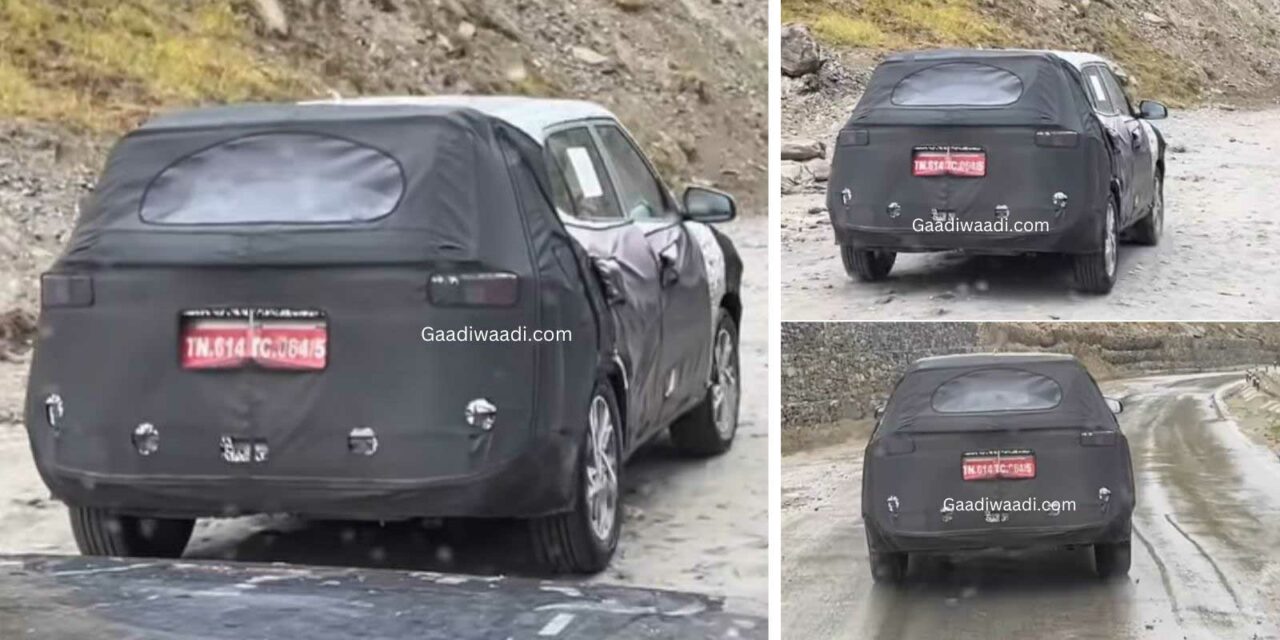
After the launch of the new Creta facelift and the all-new Creta N-Line, Hyundai is now busy working on the facelift of the Alcazar
Ever since it was launched, the Creta has always been a segment favourite and the sheer numbers in which it sells is proof of that statement. Things took a more interesting turn when the 2nd generation Creta was launched and within a few months it was outselling the Kia Seltos as well. To cater to a wider audience, Hyundai launched the 7-seater version of the Creta and named it ‘Alcazar’.
Many of you might think that the Alcazar is just an extended version of the Creta but that is far from the truth. Along with an extended wheelbase, it has a unique exterior design and even a separate variant lineup as well. Now with the upcoming facelift of the Alcazar, Hyundai has taken a similar approach which is quite evident from the recent spy shots of test mules that were spotted in the Middle East.
Not much is revealed through the picture but the LED taillight design along with the high-mounted stop light is visible. The Alcazar will sport a different LED setup compared to the newly launched Creta and Creta N-Line. Hyundai is resorting to the vertical taillight pattern which bears resemblance to the more premium Hyundai Palisade which is available in the international market.
So, we can see twin light bars placed at either end and they sort of look parallel to each other and in between them at the top is the high-mounted LED stop lamp. Apart from the taillights, we can also see the dual-tip exhaust, shark-fin antenna, and ORVMs that are similar to the outgoing model. The roof racks look slightly taller and this time they might be functional rather than just aesthetics.
Concerning the interior and features, we believe the Alcazar facelift will get all the new gizmos and gadgets with which this time it will be equipped with the much-required ADAS suite of tech for additional safety. We expect Hyundai to add other features like cornering lights, soft-touch plastics, wireless Android Auto and Apple CarPlay, powered front seats and ventilated rear seats as well.
As far as the powertrain is concerned, we believe there will be no changes and it will continue to be powered by the 1.5-litre 4-cylinder turbo-petrol engine that produces 160PS of power and 253Nm of torque and will come mated either to a 6-speed manual or a 7-speed DCT. The other engine option is the 1.5-litre 4-cylinder turbo diesel engine that puts out 113 bhp of power and 250Nm of torque, which will be mated to a 6-speed manual or a 6-speed TC.

